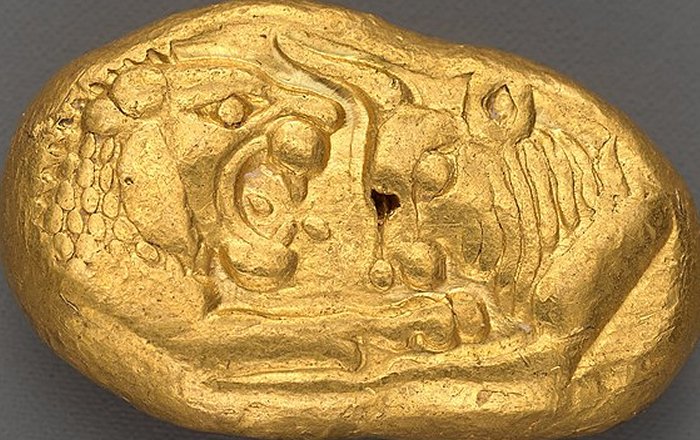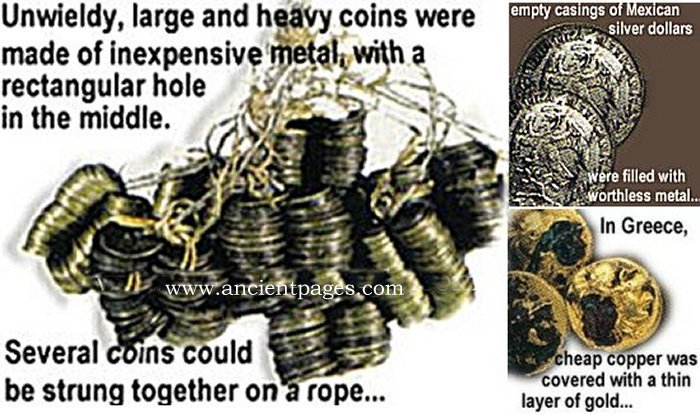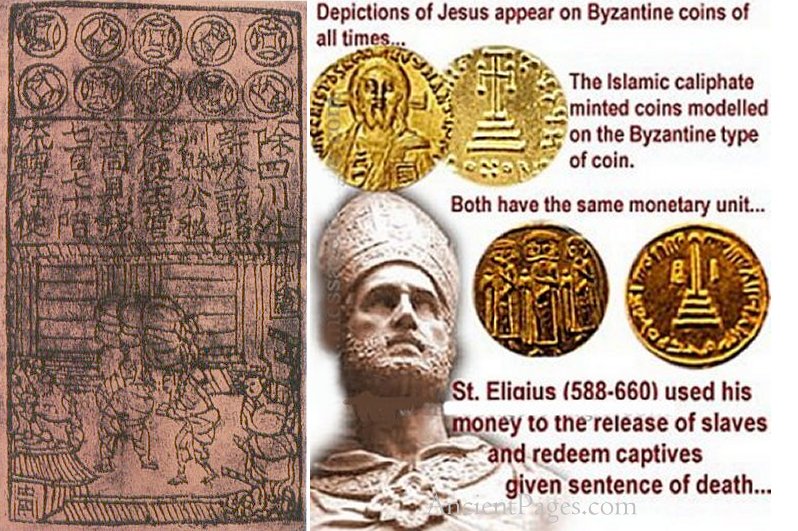Our Lives Have Always Been Manipulated By Money – Part 2
A. Sutherland - AncientPages.com - Even ordinary people were involved in the flourishing trade, and soon Lydia became one of antiquity's most prosperous kingdoms.
Gold stater of Croesus. Sardis. Middle Lydian, ca. 560-546. (1 x 1.4 x 0.2 cm). Gift of The American Society for the Excavation of Sardis, 1926. source. Public Domain
A constant stream of merchants from the known world often visited Lydia to buy a great variety of coveted goods. First stores emerged in Lydia. All our shops worldwide originate from the Kingdom of Lydia because the Lydians were the first to establish retail shops in permanent locations.
Counterfeiting and falsification of coins and banknotes have a long history worldwide. It began even before the appearance of currency as we understand it today.
Prehistoric falsifiers made many successful attempts to produce worthless coins of worthless metal, and money owners have always tried to avoid counterfeits. Unfortunately, fakes and forgeries were widespread, and it was a flourishing business, which is also today often very successful.
In Greece, for example, prehistoric falsifiers covered cheap copper with a thin layer of gold and tin they used to cover with the thin layer of silver. In the 1930s, falsifiers filled empty casings of Mexican silver dollars with worthless metal (often tin).
There have also been attempts to file round coins and make them similar to a British Fifty pence coin, a rounded heptagon.
In antiquity, often counterfeiting of gold and silver coins was widespread, so merchants checked the authenticity of coins by cutting them in half.
One Means To Examine Carat Gold's Authenticity Was A Black Stone
At first, merchants carved stone with golden needles of different carats. Then, they could compare marks made by examined coins with those carved on the black stone.
In the 9th century, the Chinese seemed tired of using their unwieldy coins that were difficult to move because of their size, shape, or weight.
Left: Gyoza with a face value of 77,000 sen, a banknote issued in the Sichuan region in the Northern Song Dynasty of China . It is said to be the first banknote in the history of the world. Public Domain.; Right: Image credit: AncientPages.com
The 9th-century coins of inexpensive metal with a rectangular hole in the middle were large and heavy, and people used to string them together on a rope.
Coins of those times were decorated with simple inscriptions, leading to easy counterfeiting, so it was time to change them with something better, easier to use and at the same time protecting them from forgeries.
One of the innovations was introducing paper money much more accessible to carry than coins. They became so popular that people used them in trade. A popular approach was to deposit cash and get a guarantee note on the coins' value from a merchant. In 1023, China formed a government agency responsible for printing paper money in China.
Coins decorated with Chinese symbols, characters, and a square hole at its centre, discovered
at a dig site in the Xinjian District, Nanchang, capital of East China’s Jiangxi Province. Image credit: @CEN
The banknotes were much more difficult to counterfeit than iron coins. Soon they became a successful invention.
But throughout history, money was involved not only in trade operations. Depictions of Jesus appear on Byzantine coins of all times. The Islamic caliphate minted coins modeled on the previous Byzantine type of coin. Both have the same monetary unit.
St. Eligius (588-660) was profoundly religious and unique. He was a skilled goldsmith and coin maker of great skill. He used his wealth, money, and influence for spiritual purposes.
Entering the priesthood in 641, he set up monasteries and erected churches. His compassion led to his being known for his good deeds, particularly for his persuasive work in raising founds to redeem the given sentence of death or sold into slavery.
The money helped him to help others...
Written by – A. Sutherland AncientPages.com Staff Writer
Copyright © AncientPages.com All rights reserved. This material may not be published, broadcast, rewritten, or redistributed in whole or part without the express written permission of AncientPages.com
Expand for referencesReferences:
G. Davies, "History of Money"
S.R. Wagel, "Chinese Currency And Banking"
More From Ancient Pages
-
 Chickens Were Introduced To Britain, Mainland Europe, And Northern Africa Later Than Previously Thought
Archaeology | Jun 13, 2022
Chickens Were Introduced To Britain, Mainland Europe, And Northern Africa Later Than Previously Thought
Archaeology | Jun 13, 2022 -
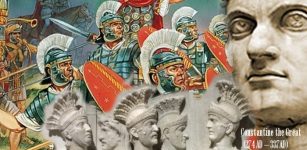 Praetorian Guard: Roman Elite Unit Assigned To Protect But Also Involved In Confinement, Execution, Spying And Threats
Featured Stories | May 26, 2018
Praetorian Guard: Roman Elite Unit Assigned To Protect But Also Involved In Confinement, Execution, Spying And Threats
Featured Stories | May 26, 2018 -
 Bizarre Towering Pillars Of Externsteine: Myths, Legends And Sacred Rituals From Times Long Gone
Civilizations | Jan 7, 2017
Bizarre Towering Pillars Of Externsteine: Myths, Legends And Sacred Rituals From Times Long Gone
Civilizations | Jan 7, 2017 -
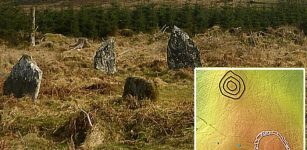 Baltinglass Hills: Prehistoric Irish Monuments May Have Served As Pathways For The Deceased – New Evidence
News | Apr 30, 2024
Baltinglass Hills: Prehistoric Irish Monuments May Have Served As Pathways For The Deceased – New Evidence
News | Apr 30, 2024 -
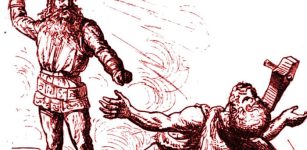 Giant Hrungnir Who Lost The Race And Engaged In A Deadly Duel With Mighty Thor In Norse Mythology
Featured Stories | Sep 19, 2018
Giant Hrungnir Who Lost The Race And Engaged In A Deadly Duel With Mighty Thor In Norse Mythology
Featured Stories | Sep 19, 2018 -
 12,000-Year-Old Crater Dipsiz (‘Bottomless’) Lake, Searched For Gold, And Destroyed In Legal But Controversial Excavation
Archaeology | Nov 17, 2019
12,000-Year-Old Crater Dipsiz (‘Bottomless’) Lake, Searched For Gold, And Destroyed In Legal But Controversial Excavation
Archaeology | Nov 17, 2019 -
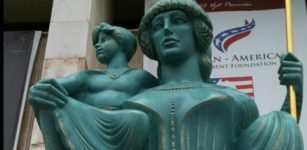 Queen Teuta: Power-Hungry Villain Who Underestimated The Romans
Featured Stories | Oct 31, 2019
Queen Teuta: Power-Hungry Villain Who Underestimated The Romans
Featured Stories | Oct 31, 2019 -
 Why Coyote Wanted People To Die For Their Own Good – A Caddo Nation Legend
Featured Stories | Jun 18, 2021
Why Coyote Wanted People To Die For Their Own Good – A Caddo Nation Legend
Featured Stories | Jun 18, 2021 -
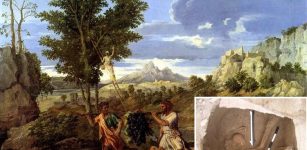 Mysterious Biblical Canaanites – What Ancient DNA Reveals About Their Fate
Archaeology | Jul 28, 2017
Mysterious Biblical Canaanites – What Ancient DNA Reveals About Their Fate
Archaeology | Jul 28, 2017 -
 Ancient Skulls From Ukraine Reveal Early Modern Humans Came From The East
Archaeology | Nov 9, 2023
Ancient Skulls From Ukraine Reveal Early Modern Humans Came From The East
Archaeology | Nov 9, 2023 -
 Fragments Of Old City’s Fortifications And Carved Hand Imprint Unearthed In Jerusalem
Archaeology | Jan 25, 2023
Fragments Of Old City’s Fortifications And Carved Hand Imprint Unearthed In Jerusalem
Archaeology | Jan 25, 2023 -
 Power Of Water In Beliefs Of Ancient Cultures
Featured Stories | Apr 9, 2019
Power Of Water In Beliefs Of Ancient Cultures
Featured Stories | Apr 9, 2019 -
 Venus Cloacina: Roman Goddess Of Sewers And Drains
Featured Stories | Dec 19, 2019
Venus Cloacina: Roman Goddess Of Sewers And Drains
Featured Stories | Dec 19, 2019 -
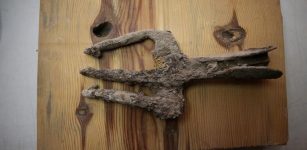 1700-Year-Old Iron Trident Found In The Ancient City Of Assos, Turkey
Archaeology | Nov 1, 2023
1700-Year-Old Iron Trident Found In The Ancient City Of Assos, Turkey
Archaeology | Nov 1, 2023 -
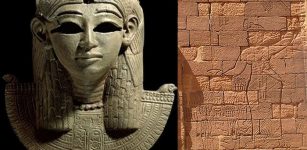 Amanirenas – Fearless Queen Of Kush Who Defeated Ancient Romans
Featured Stories | Jan 30, 2019
Amanirenas – Fearless Queen Of Kush Who Defeated Ancient Romans
Featured Stories | Jan 30, 2019 -
 Old Royal Crime – Dark Riddle Of Young Princes In The Tower Of London
Featured Stories | Jun 14, 2020
Old Royal Crime – Dark Riddle Of Young Princes In The Tower Of London
Featured Stories | Jun 14, 2020 -
 On This Day In History: Gold Discovery In The Yukon – On August 16, 1896
News | Aug 16, 2016
On This Day In History: Gold Discovery In The Yukon – On August 16, 1896
News | Aug 16, 2016 -
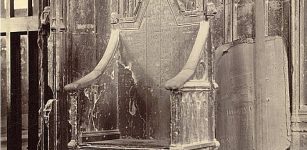 Stone Of Scone: Mysterious Stone Of Destiny Has Turbulent Ancient History
Artifacts | Mar 19, 2016
Stone Of Scone: Mysterious Stone Of Destiny Has Turbulent Ancient History
Artifacts | Mar 19, 2016 -
 Remarkable Thracian Tomb In Huge Mound Necropolis Of Kazanlak, Bulgaria
Featured Stories | May 13, 2024
Remarkable Thracian Tomb In Huge Mound Necropolis Of Kazanlak, Bulgaria
Featured Stories | May 13, 2024 -
 Mysterious Death Of 20 Celts Who Died 2,000 Years Ago In The Three Lakes, Switzerland – Re-Examined
Archaeology | Jun 17, 2024
Mysterious Death Of 20 Celts Who Died 2,000 Years Ago In The Three Lakes, Switzerland – Re-Examined
Archaeology | Jun 17, 2024

